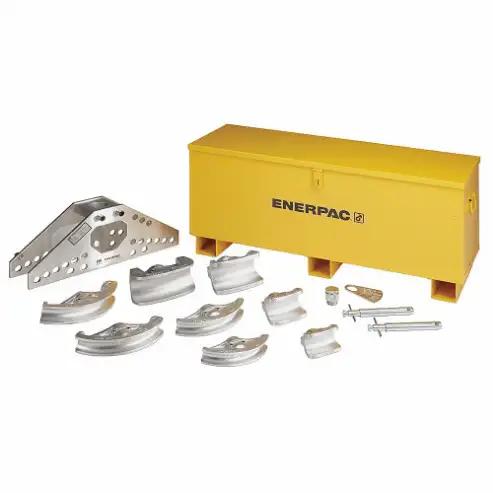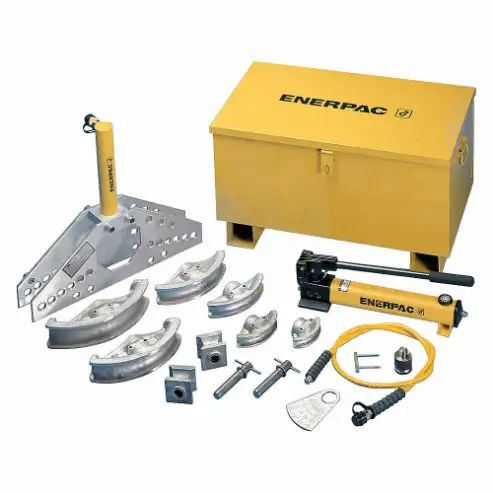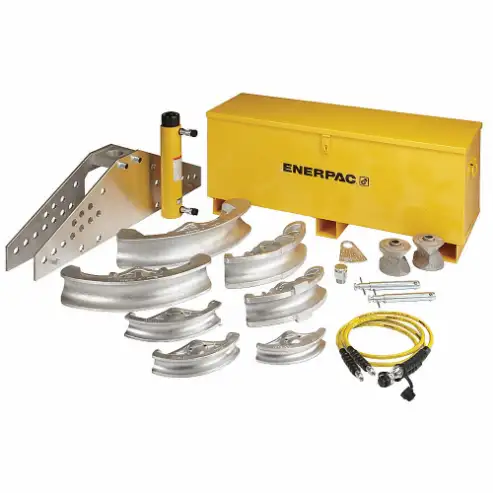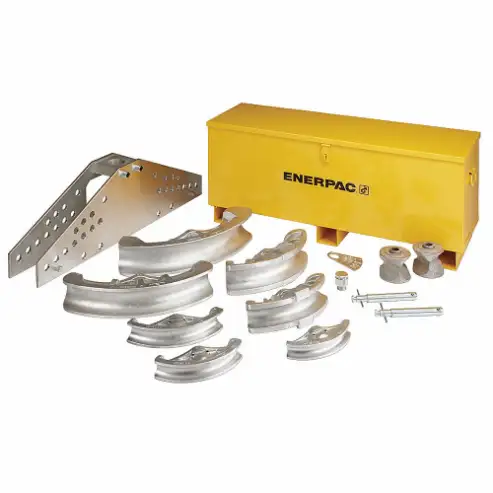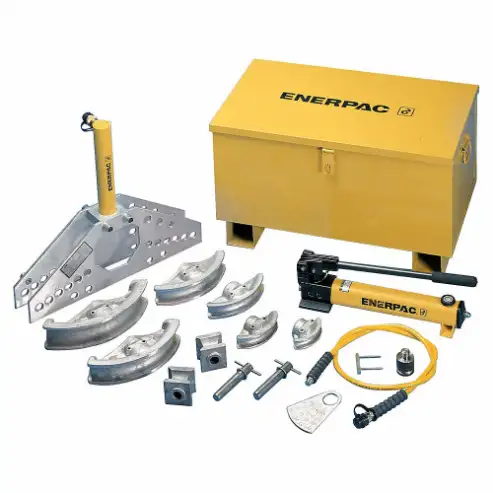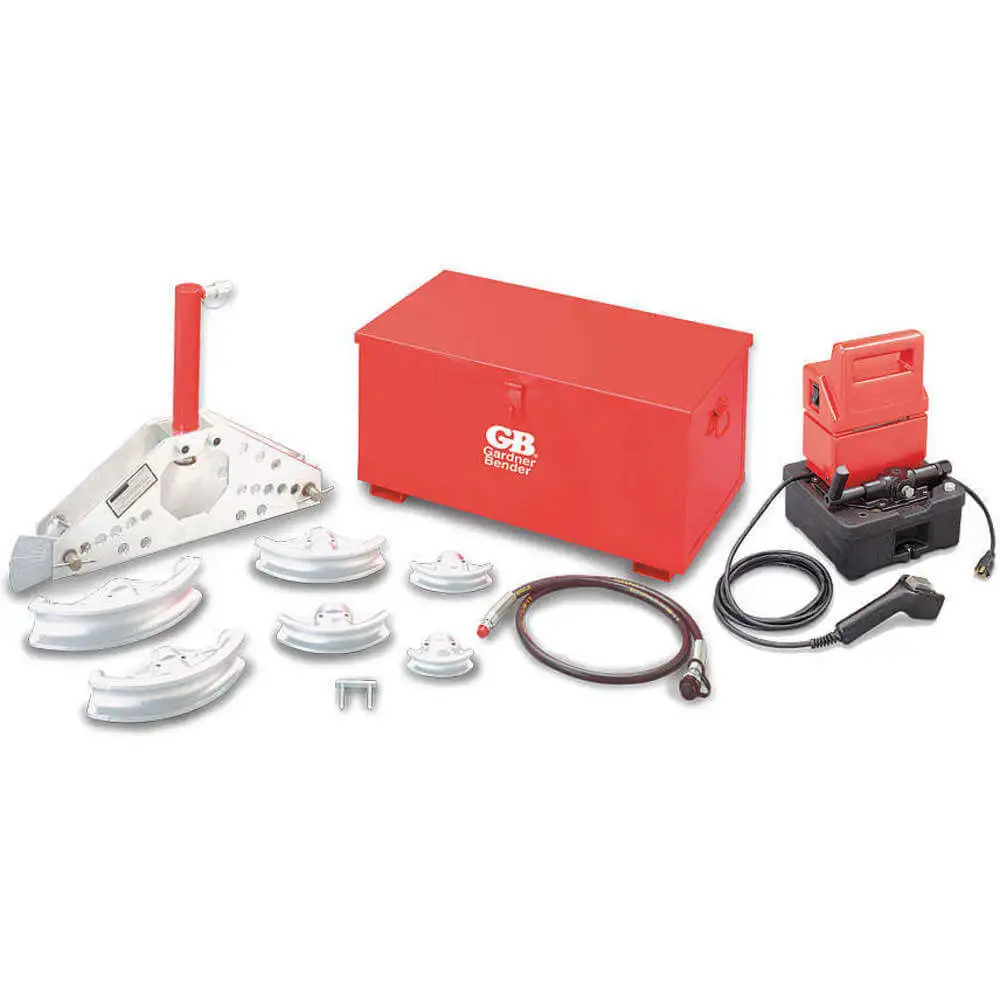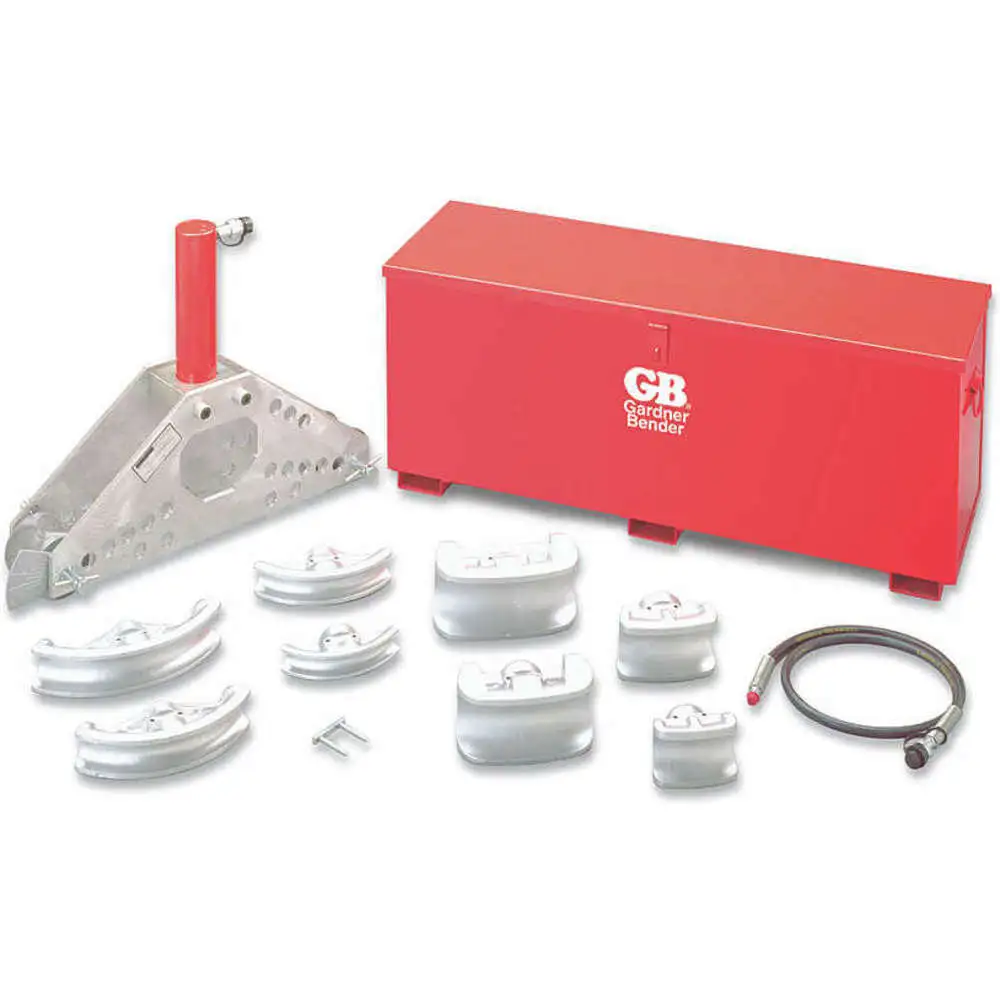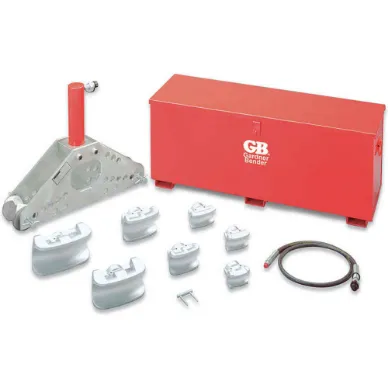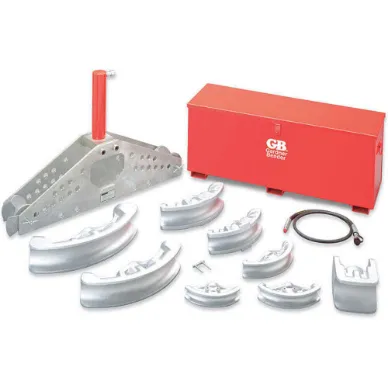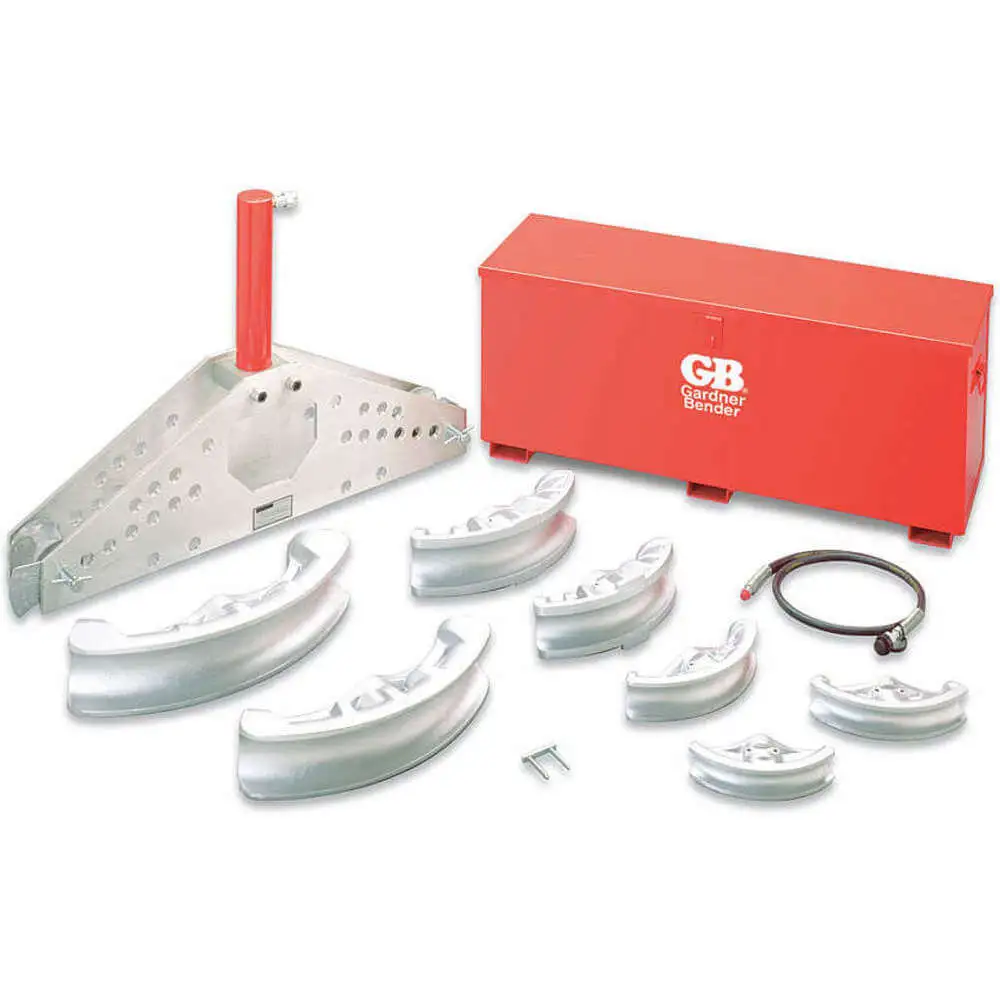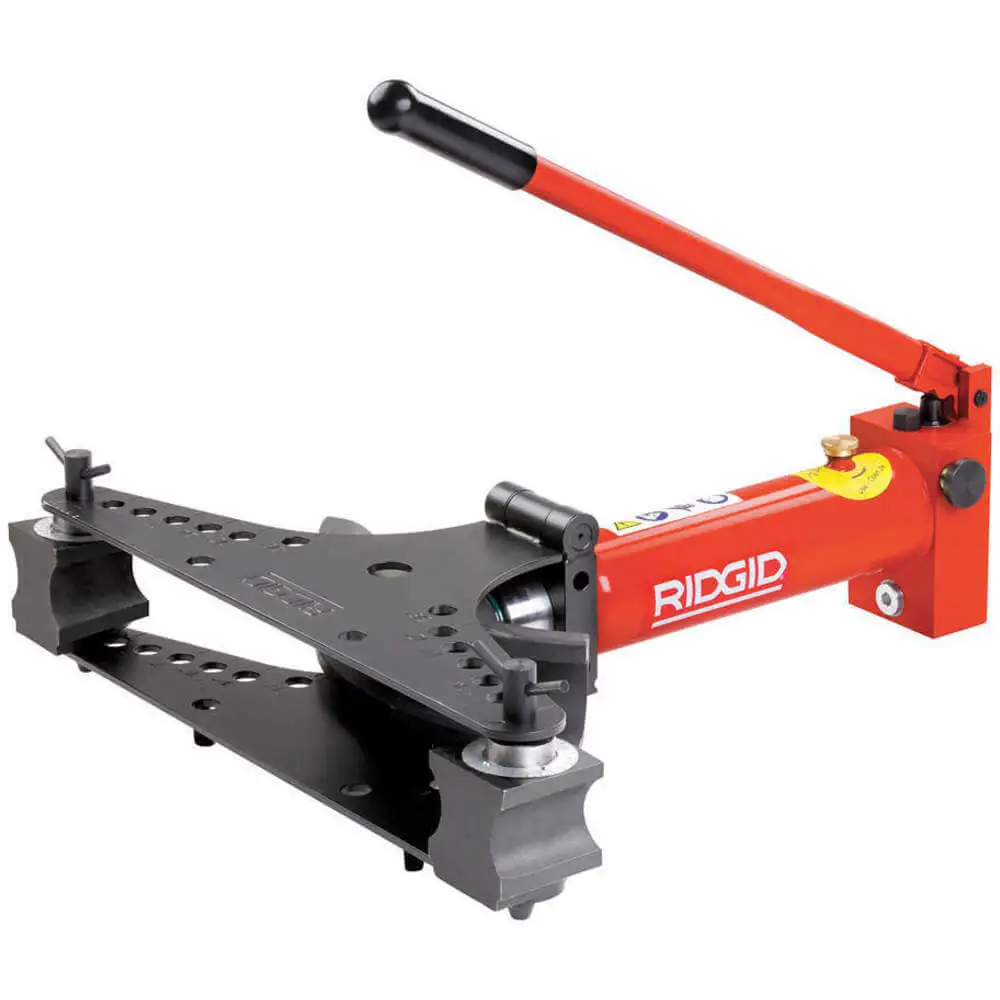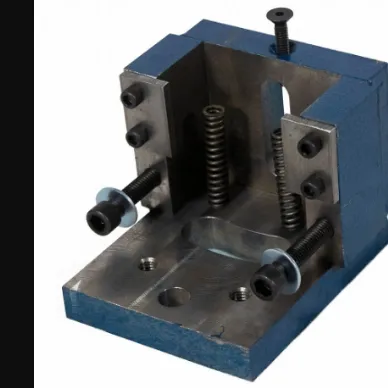Uses
Hydraulic pipe benders are ideal for use in fabrication shops, manufacturing units and automotive & mechanical industries to shape roll cages, gates, handrails and other sheet metal fabrication projects. They are also suitable for bending electrical & plumbing pipes, conduits or tubes.
Features
Hydraulic pipe benders are used to bend metal pipes to a desired radius. They use a powered cylinder, with a ram, to push pipes inside a preset shoe size. The cylinders are driven using a hand lever, pneumatic / hydraulic supply or electric motor.
RIDGID 36518hydraulic pipe bender
- It has a compact, one-piece construction for precise cold bending of standard gas pipes in boilers.
- This pipe bender has a single circuit hydraulic system with a return spring for portability and precise control of the ram.
- It also has a manual lever with longer cylinder stroke per pump to reduce operator fatigue.
- The durable piston seals & pressure relief valves on these bender prevent premature leaks to maximise the uptime.
- It comes in a wooden case with a set of bending formers for supporting the corners in standard gas pipes.
- This RIDGID pipe bender also has bending angle indicators for reducing the starting, stopping & pipe removal efforts.
Enerpac hydraulic pipe benders
- These pipe benders provide smooth, wrinkle free bends with a maximum angle of 90 degrees.
- They have lightweight aluminium construction for corrosion resistance & durability
- These benders come unassembled in a sturdy steel storage case.
- The bender sets include a cylinder hose, a manual and an air / electric pump.
- They are also equipped with an angle indicator & shoe lock pins for precise bending control.
- Few models (Eject-O-Matic or STB-202 line) have double acting cylinders to eject the bent pipe from the bending shoe after operation.
Greenlee 880 pipe bender
- It has portable, pin assembled construction with a ram travel scale and bending charts for precise control over bending angles & radius.
Working Mechanism
- First, assemble the pipe binder parts and set the ram travel scale to zero by loosening the ram travel scale nut. Tighten the nut after changing the reading.
- Insert the conduit into the bender after marking it according to the specifications mentioned in the operation manual for accurate bends.
- The bending mark on the conduit should align with the center of the bending shoe.
- Find out the ram travel measure necessary from the ram travel table in the manual for accomplishing the bend.
- Use the hydraulic / electric / mechanical pump to push the ram into the pipe depending upon the amount of ram travel.
- Then, the hydraulic pressure at the pump is released and the conduit is moved to the next bending position. While making an offset bend, the conduit should be rotated 180 degrees before making the second bend.
- Repeat the previous steps till the last bend is made.
- Remove the pipe from the hydraulic pipe bender.
Frequently Asked Questions
What to do in case of pipe bender failure?
Assuming that the selected pipe bender is the correct choice for bending the required diameter of pipe, the first thing to check is the hydraulic fluid level in the cylinders. Hydraulic leaks due to any broken, cracked, bent or missing parts may compromise the safe operation of the machine. Users should also make sure that the power cord, plug and other electrical components are in a good state. They should also check if the appropriate bending forms are used & supports are placed in symmetrical holes. Finally, grease should be added on the side of the corner bracket for reducing abrasion related damages on contact with the pipe.
How can users select the right pipe bender for their needs?
Firstly, the users should note that the outer diameter of the selected pipe falls in between the pipe diameter range of the hydraulic pipe bender. They should also pay attention to the stroke length of the cylinder plunger and the power source / driving mechanism (hydraulic, electric, manual and mechanical) available for operating the pipe benders.
What accessories are compatible with these hydraulic pipe benders?
Raptor Supplies can deliver a wide range of accessories that fit into the hydraulic pipe benders. Turntable tripods are used to support & position the pipe benders at elevations. Straighteners are ideal for straightening a bent pipe and the foot wheels are suitable for transporting the unit from one location to another. Users should also refill hydraulic oil during regular maintenance services for proper functioning of the hydraulic ram. We also supply replacement parts for replacing the faulty, worn out or old bender components like U brackets, formers, corner supports & fixing pins.
What is the difference between different variants of pipe benders?
Pipe benders have four common types: hydraulic, electric, manual, and mechanical. The hydraulic pipe benders can produce precise angles with thick walls in large pipes and are more durable and strong than other variants. Electric pipe benders feature programmable electric gear drives for producing multiple iterations of the same bend. Manual pipe benders, on the other hand, are cheap, easy to transport and manipulate. They require some skill but allow custom shaping on the basis of bend radius, location and bend angle. Mechanical models of pipe benders combine the benefits of both hydraulic and manual pipe benders.
 Change country
Change country
